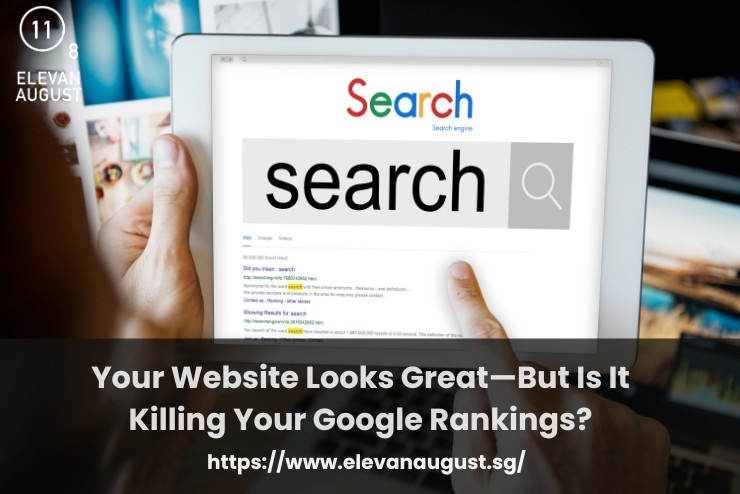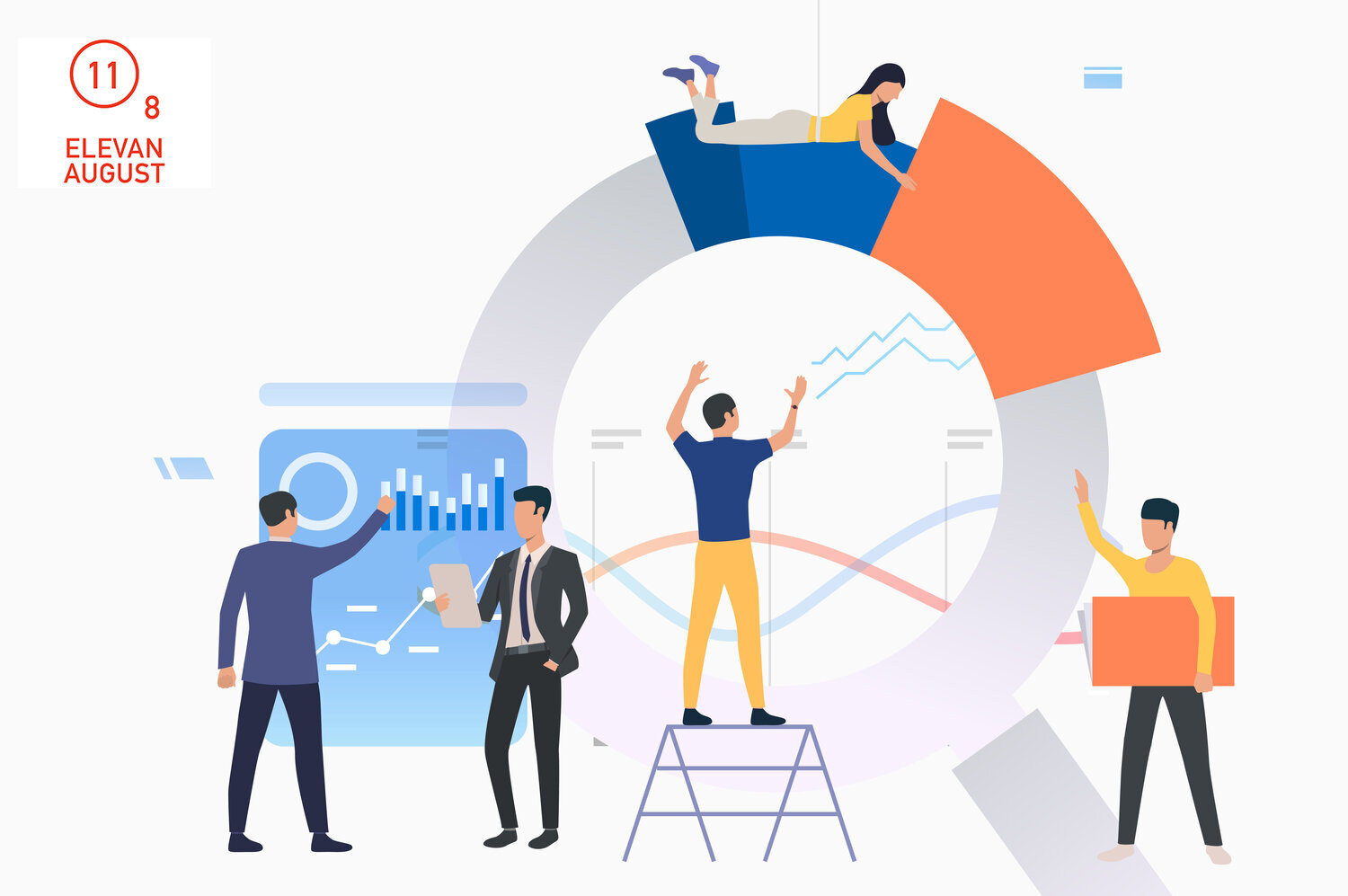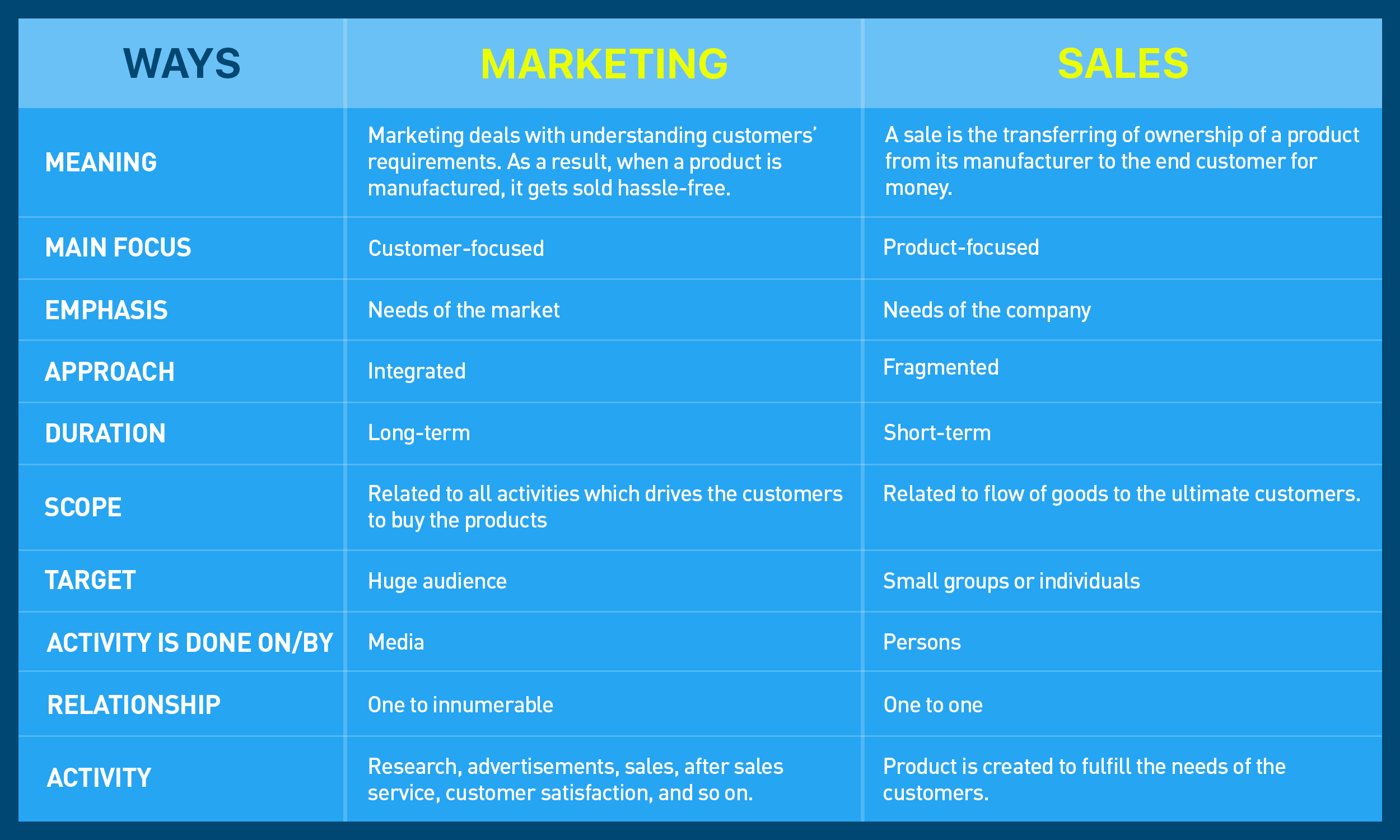You invested in a beautiful site. Clean layout, stunning visuals, sharp copy. Everyone loves how it looks.
But when you search for your services on Google, your business stays buried.
That disconnect stings. You did what you thought would help, and it still feels like you’re stuck in second gear.
We’ve seen this happen with businesses across Singapore. A website can look polished and still underperform in search.
Here’s why.
1. Pages loaded with visuals often slow performance
High-res images, carousels, videos—they make a page feel premium.
But all that weight adds up. Slow load speeds lower your Core Web Vitals, which Google reads as a poor user experience. Even a few seconds of delay can affect how your site ranks, especially on mobile.
You can still keep visuals. The trick is to compress, lazy-load, and structure your assets so they serve your brand without dragging performance down.
2. Google prioritizes structure before style
Design helps people navigate. Structure helps Google understand.
Many visually impressive sites hide key content behind scroll-triggered animations or complex menus. This slows down Google’s crawl and weakens how pages relate to each other.
If your site has important content locked in modals or buried behind vague links, Google might miss it. What it sees matters more than what users feel.
Design should support structure, not compete with it.
3. SEO content often gets sacrificed for design
We’ve seen plenty of hero sections that say things like “We create meaningful impact,” which reads nicely, but gives Google nothing to work with.
If your homepage skips real content in favor of big slogans and floating buttons, search engines have little reason to rank it.
The same goes for service pages that look like posters, not pages.
Good SEO copy doesn’t need to clutter the design. It just needs to exist where Google can find and interpret it.
4. Technical choices in development quietly affect visibility
Modern websites often rely on JavaScript-heavy frameworks or creative animation libraries. While they offer flexibility, they can cause trouble for crawling and indexing.
If your developer used a setup where content loads dynamically, but without proper rendering fallback, Google might not “see” the page like your users do.
This is common in newer sites built with tools that prioritize appearance over accessibility. The solution lies in balancing visual creativity with clean, crawlable code.
5. Your pages might look cohesive but lack internal links
One of the biggest SEO gaps we uncover is lack of page-to-page connection.
Even well-designed sites often miss this. They group pages visually but forget to guide users (and Google) from one page to the next using anchor text, supporting content, and contextual relevance.
Internal links tell Google how your site holds together. They also keep users exploring, which improves time on site and lowers bounce rates. That matters more than most realise.
Final Thoughts
If your website looks amazing but search traffic stays flat, design might be working against you without meaning to.
At Elevan August, a top SEO Agency Singapore, we solve this problem often. We’ve helped brands rebuild visibility without tearing apart their look. Clean code, smarter content blocks, and structural shifts tend to outperform complete redesigns.
If you’re unsure where your SEO gets blocked, we’ll take a look under the hood. Sometimes, a few surgical changes make a bigger difference than a full overhaul. Get in touch with us today.






